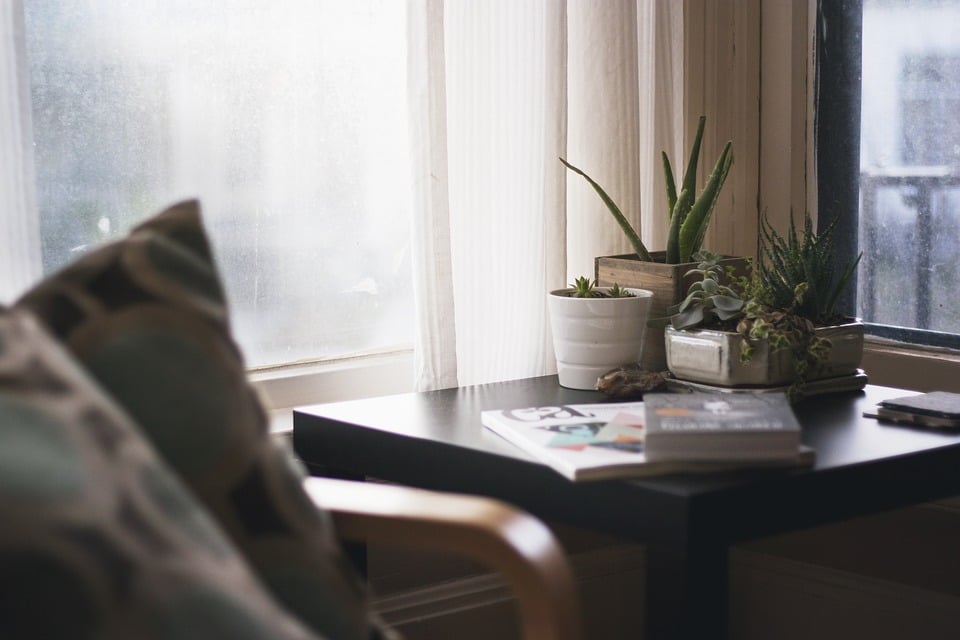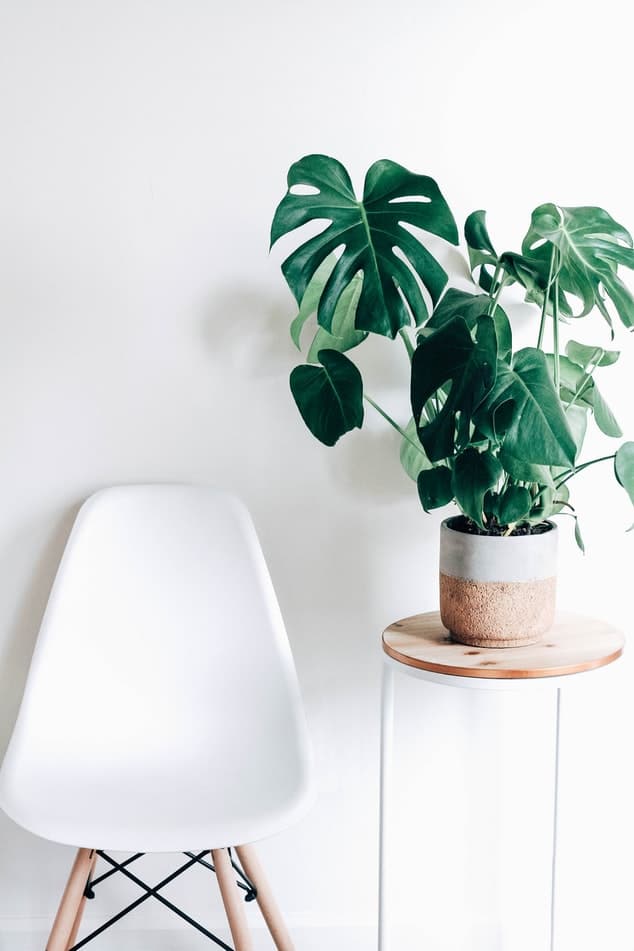They add texture and beauty to a space, keep the air clean, and provide pops of color in a room that may be otherwise drab and dull –houseplants are a wonderful addition to a home, but they’re not one-size-fits-all. If you’re looking to add a little life to your home, whether in one room or all over, use our guide to figure out your level of plant-savvy and which leafy picks will be perfect for you.
Beginner:
“I’ve never owned a plant before/I cannot keep anything green alive.”
We all have to start somewhere, right? If you’re shopping for your first houseplant or are convinced you have a black thumb, starting with the hardiest, most low-maintenance plants will be your best bet to achieve houseplant harmony.

Aloe vera is known for the healing properties of the gel within its leaves, but is also an easy to care for, forgiving plant. The soil needs to dry out completely between waterings, so depending on the humidity of your home, it can go as long as 3 weeks before needing your attention again.
The perfect combination for a new plant owner: the snake plant is great to look at and requires very little attention. Put it in a pot, water every two weeks or so, and you’re done!
Pothos are sprawling, decadent plants that grow quickly and require water only once the soil is completely dry.
Intermediate:
“I’ve had luck with a few houseplants and want to try something new.”
So you’ve kept some succulents alive, your pothos is still vibrant and lush, and you feel ready to branch out? Heighten your plant parent know-how with these middle-of-the-road varieties that require a little more care, but won’t become a full-time job.

Monsteras are large, striking plants that fit beautifully in empty corners or other spaces you want to fill with something bigger than a typical pot. Requiring a bit more care, Monsteras need high humidity and indirect light – direct sunlight can scorch the leaves so keep her out of windows! Water once a week when the soil feels moderately dry.
A larger, tree-like houseplant, the Fiddle Leaf Fig is a great statement piece for your living room or the corner of your bedroom. They are native to the tropics, so your Fiddle will definitely want warm and wet conditions. They need space, as these plants can grow up to six feet! Make sure to situate them in an open area with bright light and plan to keep it steadily moist. These plants are hardy, however, and can tolerate life in less-than-ideal conditions as long as there’s a good amount of light and frequent watering.
Advanced:
“I love plants! I want something interesting or exotic to step up my plant life profile and give me a challenge.”
Okay, expert. This isn’t your first rodeo when it comes to houseplants, so it’s time to take it up a notch! These more-intensive plants will likely be found at local nurseries rather than a big-box hardware or grocery store, but you can still find deals sometimes. Either way, carefully study up on how much effort you’ll need to put in to keep it happy and healthy, and make sure you’re willing to commit. Rare plants can be an investment, so you won’t want to get in over your head and end up wasting money. For some help, you can also check out an app like Planta to assist in keeping track of feeding and watering your leafy loved ones, especially if you’ve got a houseful.
Ferns seem to multiply effortlessly outside, especially if you’re in the tropics. This is because these plants thrive in high humidity, and once inside, shed their leaves almost immediately without moist air. If you love the full, lush look of a fern, all is not lost! Rehome your fern in the bathroom where frequent showers will give it all the heat and water it needs. Otherwise, invest in a mister and be prepared to shower your fern as often as you do yourself!

The most famous carnivorous plant, Venus Flytraps are unique, rare in households, and just plain cool. They’re also picky growers with a very specific diet! Venus Flytraps require annual repotting (best during spring or summer), pure water (filtered or rainwater), and full sun to thrive. It also requires live feedings of insects! Your Flytrap will likely catch flies and mosquitos on its own, but as it lives indoors, there will be far too few bugs buzzing around to satisfy its carnivorous cravings. To feed your plant, you’ll need to grasp the insect with tweezers by the wing and insert it into the trap until it closes. You also need to keep track of how many times you feed your trap, because it has a set number of times it can open and close during its lifetime. Bon appetit!
Reference: https://blog.aarons.com/lifestyle/2020/3/13/pick-your-plants

